2018-12-22
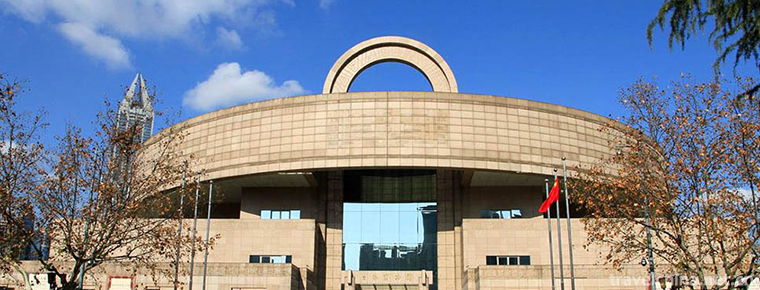
- By ChinaWiki.net
- Chinese Edition
- 2018-12-19
The Shanghai Museum was founded in 1952. It was originally located at the Old Jockey Club at 325 Nanjing West Road. It moved to the Zhonghui Building at 16 Henan South Road in October 1959. It is now located at 201 Renmin Avenue, Huangpu District, south of the People's Square in Shanghai.
In August 1993, the new museum of Shanghai Museum started construction and was fully opened on October 12, 1996. The Shanghai Museum covers an area of 39,200 square meters, covering 11,000 square meters. It has two floors underground and five floors above ground. It is 29.5 meters high and has a total investment of 570 million yuan. The new pavilion is a combination of square base and circular pick-up, which has the meaning of "Tianyuan Place" in China. The name "Shanghai Museum" is written by Chen Yi, the first mayor of Shanghai since the founding of the People's Republic of China.
The Shanghai Museum has eleven special museums and three exhibition halls with an exhibition area of 2,800 square meters. There are nearly one million cultural relics in the collection, of which 120,000 are excellent ones, especially bronzes, ceramics, calligraphy and paintings. It collects bronzes from Baoji, Henan and Hunan provinces. It has the reputation of "half a wall of rivers and mountains" in the cultural relics circle. It is a large Museum of ancient Chinese art.
Historical evolution
In April 1950, the Shanghai Museum began to be built.
On December 21, 1952, the Shanghai Museum officially opened at 325 Nanjing West Road, which belongs to the Shanghai Museum Cultural Relics Management Committee.
In July 1953, the Shanghai Museum was placed under the leadership of the Shanghai Cultural Bureau.
In 1959, he moved to No. 16 South Henan Road (formerly the Central Exchange Bank Building).
In September 1960, the Shanghai Civil Administration Council and the Shanghai Museum co-operated with two brands and a team.
In January 1987, the Shanghai Museum was upgraded to a sub-bureau level.
In October 1988, the Shanghai Museum was still under the leadership of the Municipal Cultural Relics Management Committee, which restored its independent structure.
In 1991, a 4,000-square-metre cultural relic warehouse was built at 1118 Longwu Road.
In 1992, the China Coin Museum, a branch of Shanghai Museum, was established at 1286 Hongqiao Road. In the same year, the Shanghai Museum of the Communist Party of China and the Shanghai Municipal People's Government decided to build a new museum at 201 People's Avenue, south of the central axis of the People's Square.
In August 1993, the new museum of Shanghai Museum started construction.
In 1995, the new museum was partially completed and opened on a trial basis.
On October 12, 1996, the new pavilion was fully completed and the opening ceremony was held.
In October 2018, it was appraised as the national practical education base for primary and secondary school students.
Exhibition hall display
The exhibition area of Shanghai Museum totals 12,000 square meters. The first floor is the ancient Chinese bronze hall, the ancient Chinese sculpture hall and Exhibition hall; the second floor is the ancient Chinese ceramics hall, the temporary building ceramics hall and Exhibition hall; the third floor is the Chinese calligraphy hall, the Chinese painting hall and the Chinese printing hall; the fourth floor is the ancient Chinese jade hall, the Chinese coinage hall, the Ming and Qing furniture hall. China Minority Arts and Crafts Museum and Exhibition Hall.
Ancient Sculpture Museum: The exhibition hall of Ancient Chinese Sculpture Museum covers an area of 640 square meters, including more than 120 exhibits. The exhibition hall uses gold, red and black as basic tones, lotus petals as partitions in Buddhist art, niches in grotto temples as closets, and display forms. In addition to the display of some wood and pottery sculptures, mainly stone sculptures, there are sculptures of the Northern Wei Dynasty, the Northern Qi Dynasty, the Northern Zhou Dynasty and the Sui and Tang Dynasties, as well as southern stone carvings, bronze Buddha statues and so on.
Ancient Ceramic Museum: The exhibition hall of Ancient Chinese Ceramic Museum covers an area of 1300 square meters, with more than 500 exhibits on display. Among them are Neolithic painted pottery and grey pottery, primitive Celadon of Shang and Zhou Dynasties, Spring and Autumn and Warring States Periods, Celadon of Eastern Han Dynasty, and Tang tri-colored pottery of Tang Dynasty. In the Song, Jin and Liao dynasties, kiln farms stood in great numbers all over the country. In the three generations of Yuan, Ming and Qing Dynasties, Jingdezhen became the center of China's ceramics industry, and the firing of underglaze, overglaze and color glazed pottery were exhibited.
Calligraphy galleries of past dynasties: Chinese calligraphy galleries of past dynasties have collected typical masterpieces of different periods and systematically displayed the historical track of Chinese calligraphy art. The exhibition hall is illuminated by frame and auto-sensing lighting.
Seal Seal Museum of All Dynasties: Seal Museum of All Dynasties in China is the first special exhibition seal art museum in China. The exhibition hall covers an area of 380 square meters and exhibits more than 500 seals and seals. The whole exhibition is based on the development history of seal art. From the Western Zhou Dynasty to the end of the Qing Dynasty, it is a representative and artistic boutique selected from the collection of more than 10,000 seal cultural relics. With the help of high and low scattered display cabinets, the exhibition hall uses a variety of technical means to coordinate the physical and auxiliary display.
Painting galleries of past dynasties: the exhibition hall covers an area of 1200 square meters, displaying more than 120 fine paintings of past dynasties. From Tang Dynasty to modern times, all kinds of painting categories are reflected. Painting has a profound tradition and unique national style. It is a plastic art with brush, ink and silk paper as the main tools and dot-line structure as the main means of expression. In order to effectively protect exhibits and facilitate viewers to enjoy them, an inductive light lamp with automatically adjusting illumination is also used in the exhibition room.
Ethnic Arts and Crafts Museum: The exhibition hall covers an area of more than 700 square meters. It displays nearly 600 pieces of ethnic minority costumes, dyeing, weaving, embroidery, metal crafts, sculptures, pottery, lacquerware, rattan and bamboo weaving and mask art. It shows the peculiar style of minority handicraft.
Coin Museum of the past dynasties: The exhibition hall covers an area of 730 square meters. Through nearly 7000 cultural relics, it shows a historical overview of the occurrence, development and economic and cultural exchanges between China and foreign countries. There are also ancient coin offices in Central Asia along the Silk Road donated by Du Weishan and Tan Duanyan.
Ming and Qing Furniture Museum: More than 100 pieces of Chinese furniture essence of Ming and Qing Dynasties are displayed in the 700 square meters exhibition hall of Furniture Museum.
Ancient Jade Museum: China is known as the "country of jade" and has a history of more than 7,000 years. In ancient society, jade was not only used for decoration, but also a symbol of wealth and power. It was also a magic object for rulers to worship heaven and earth and communicate gods.
Ancient Bronze Hall: The exhibition hall of Ancient Chinese Bronze Hall covers an area of 1200 square meters, in which more than 400 exquisite bronzes are displayed. In the Shang and Zhou Dynasties, bronzes were an important symbol of ancient social civilization. The bronze wares collected by Shanghai Museum are characterized by long inscriptions and more descriptions. The new exhibits include the Jin Dynasty wares of the Western Zhou Dynasty and the Qin Dynasty wares of the early Qin Dynasty.

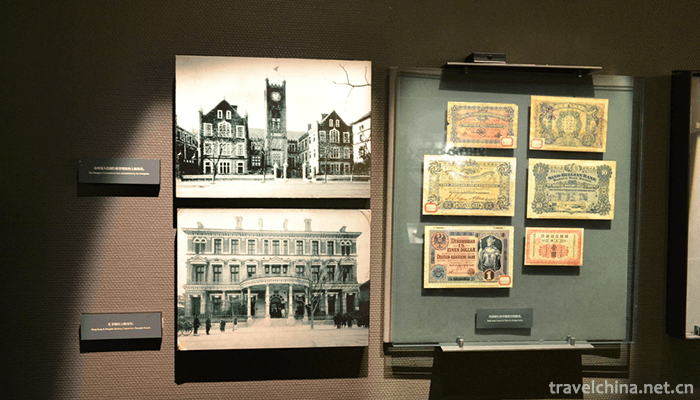
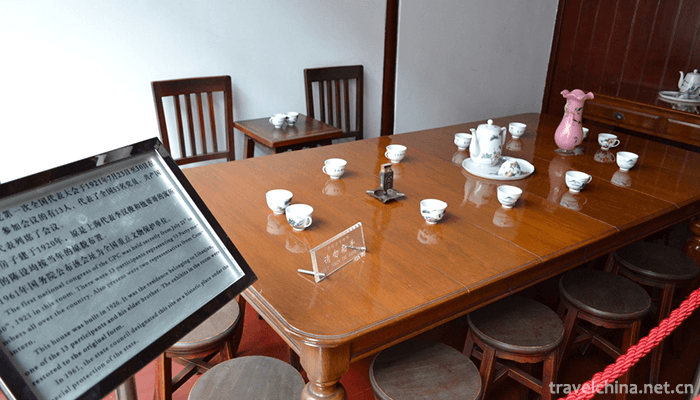
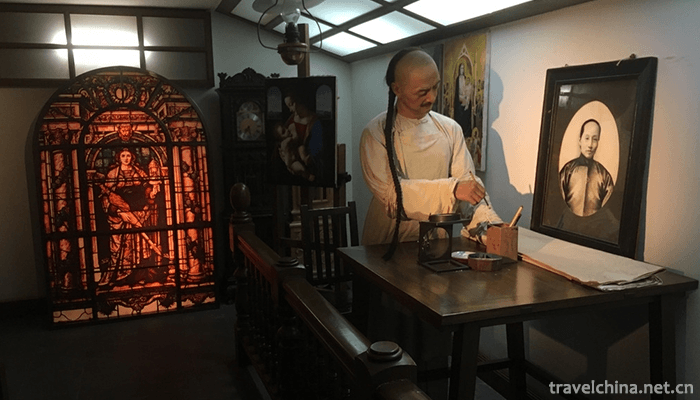

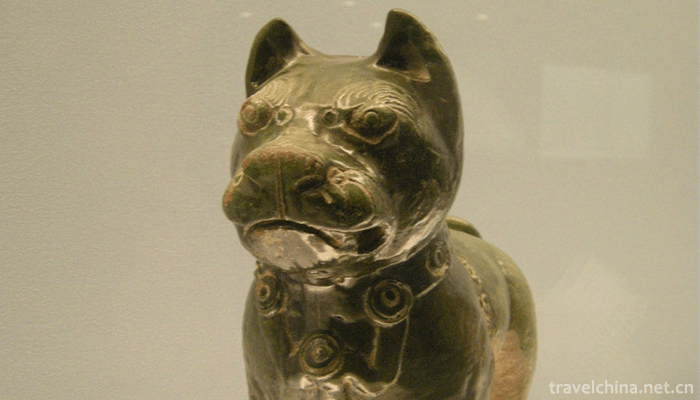
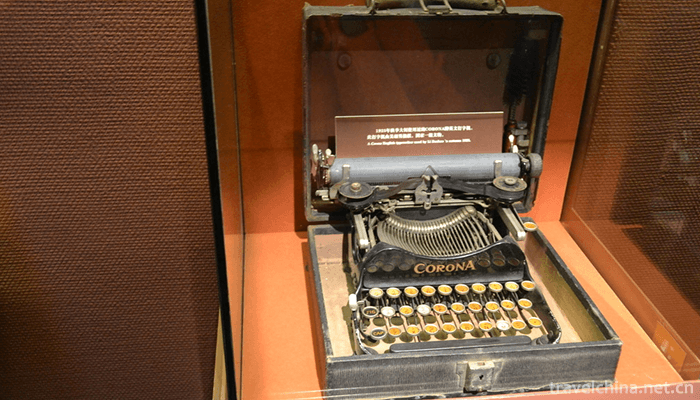
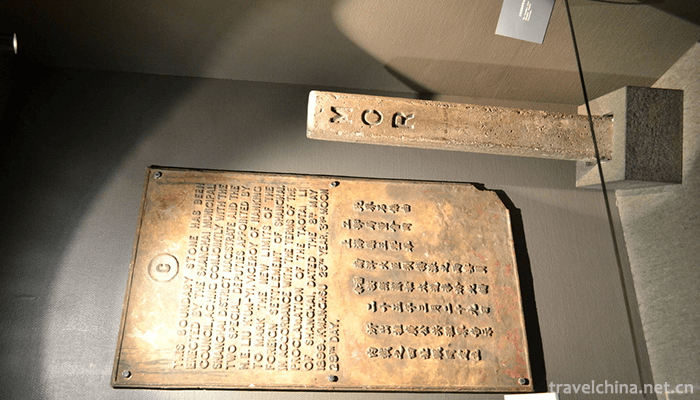

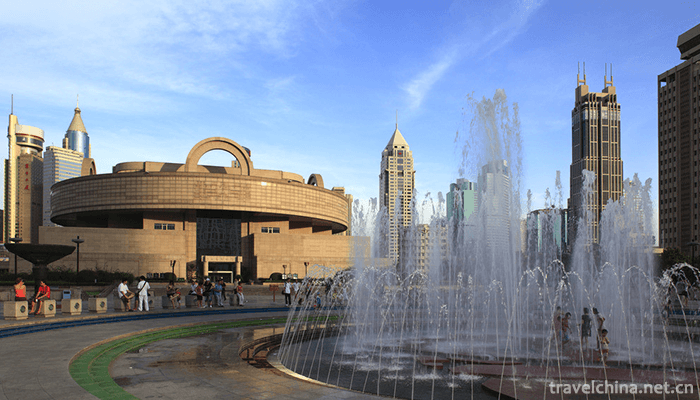
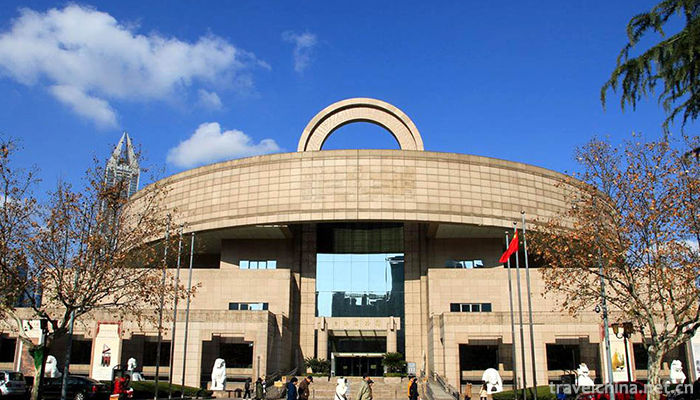
Ask a Question
Your email address will not be published.

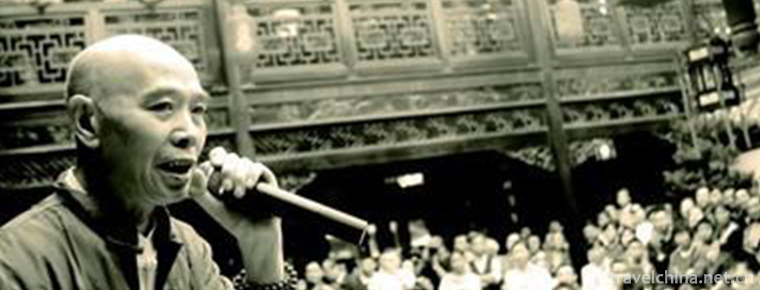

0 Questions